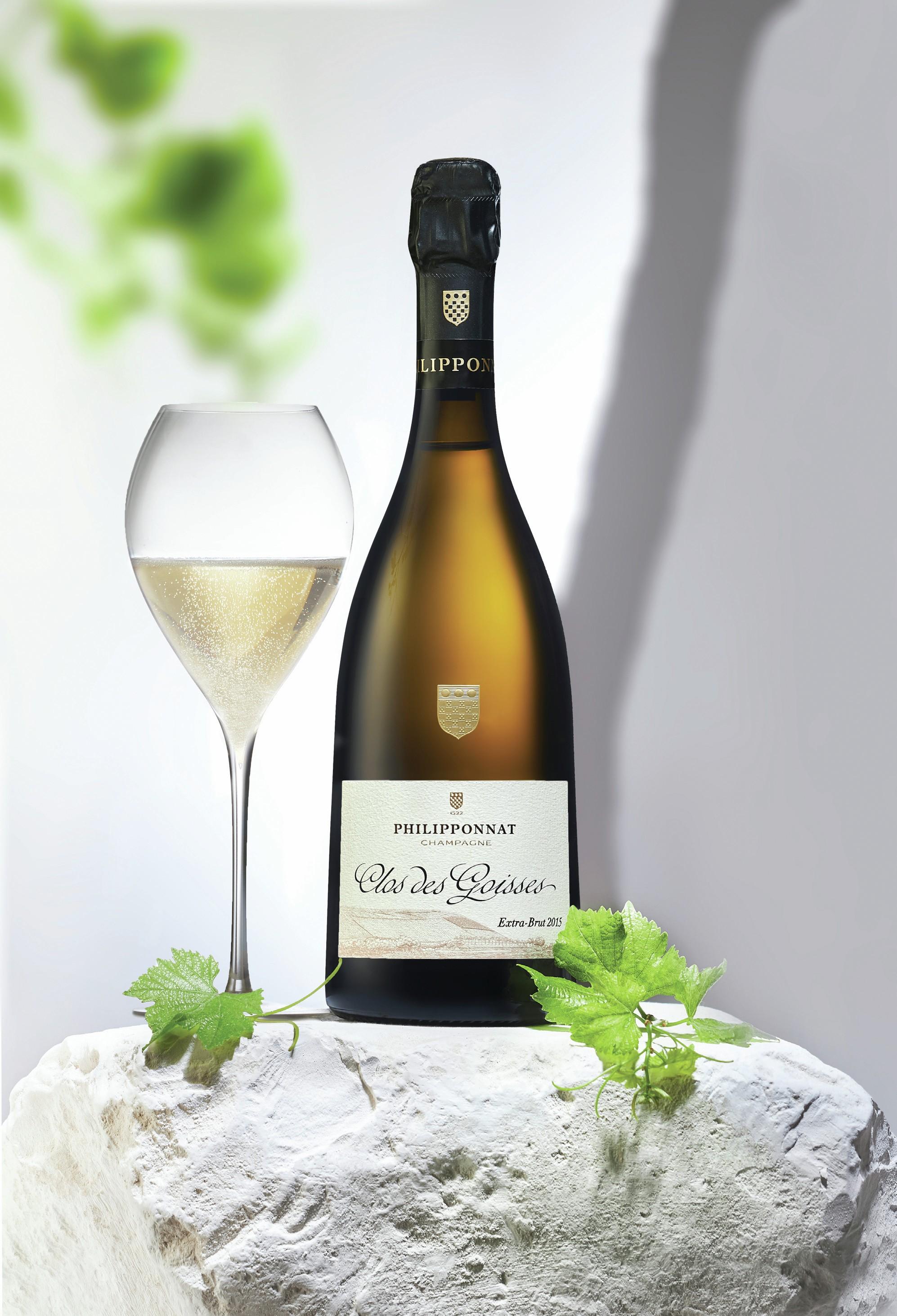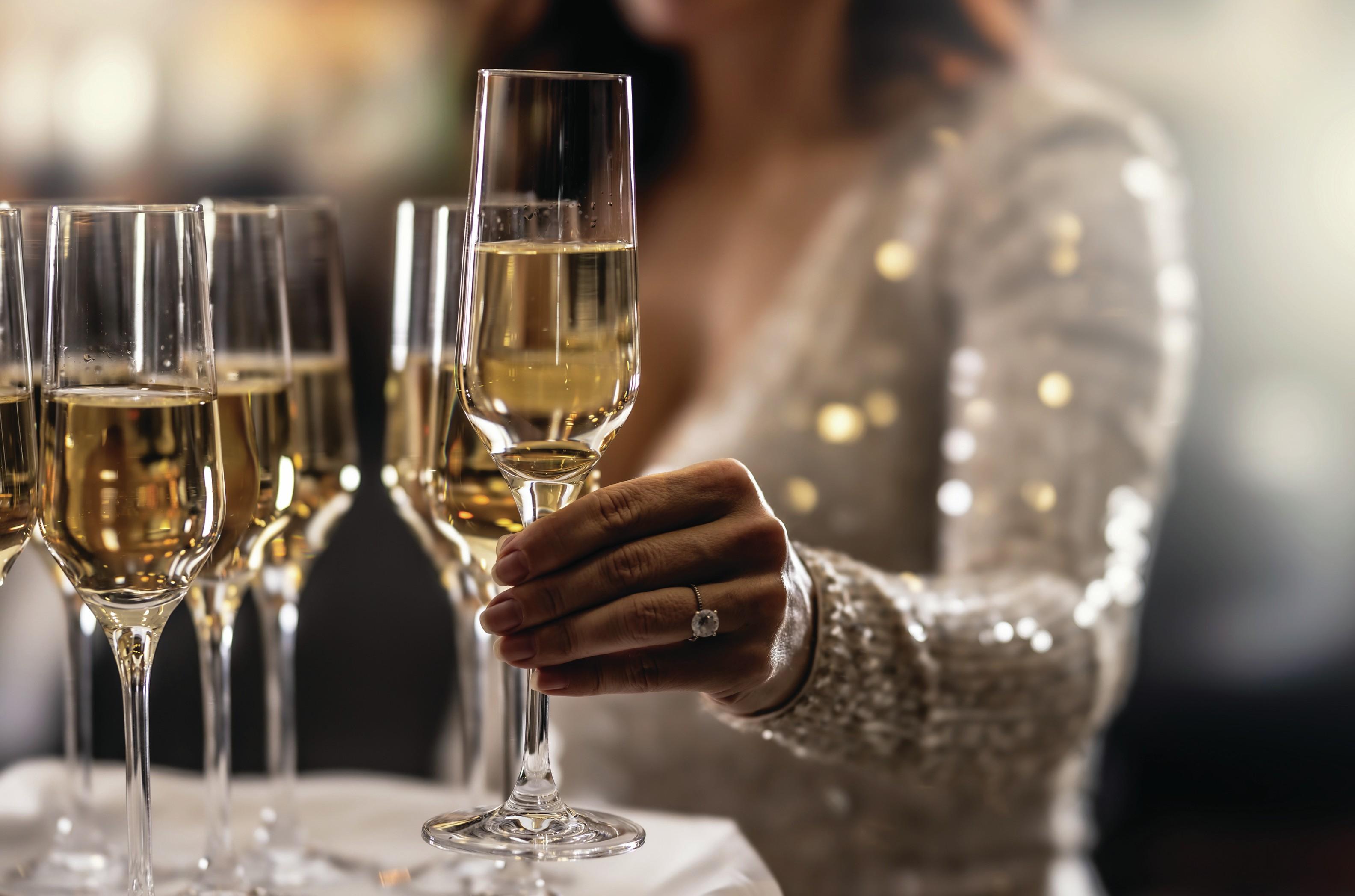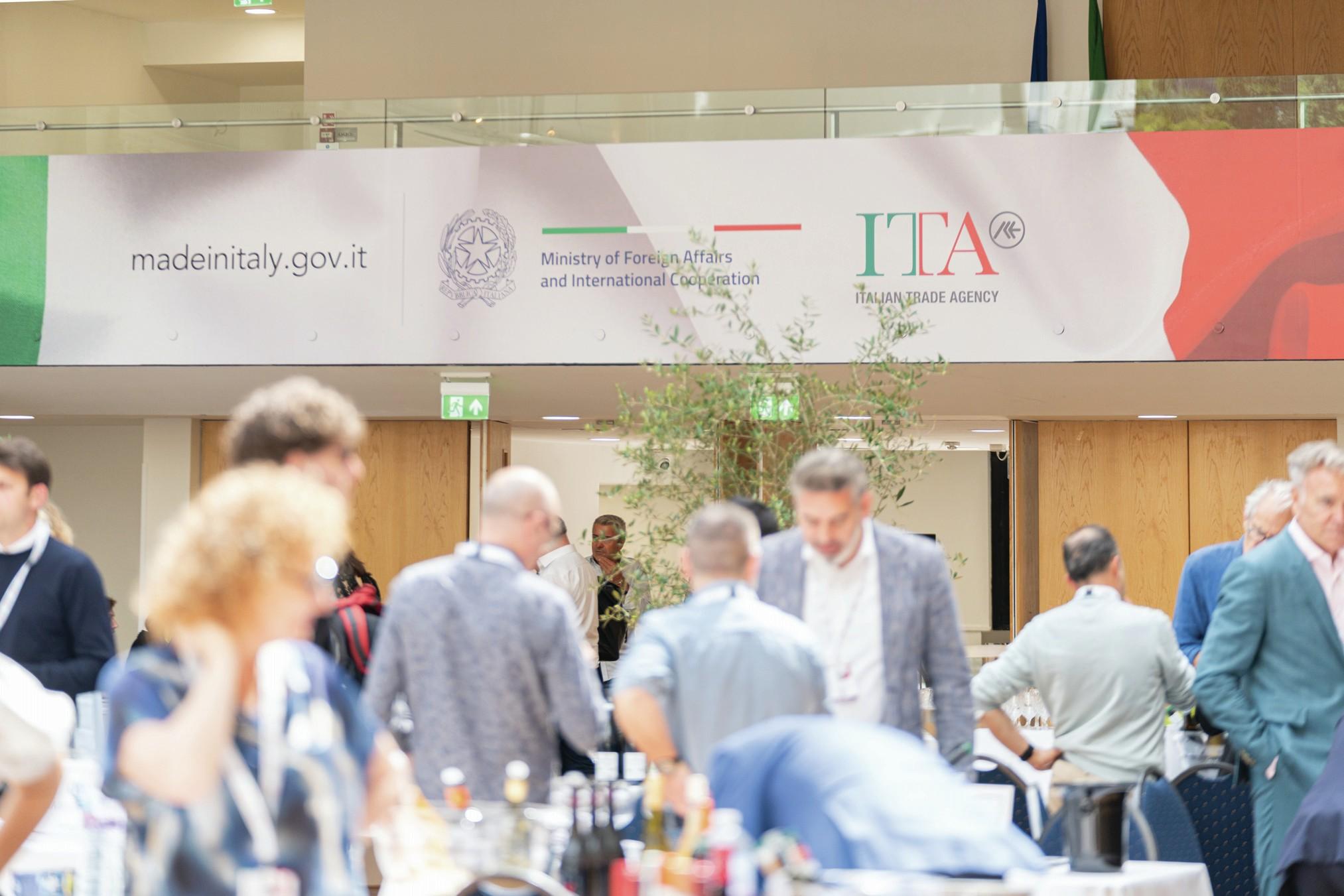Have you tried these ‘under the radar’ prestige Champagnes?
Some prestige cuvées manage to keep a deliciously low profile, which is just how their producers like it, writes Giles Fallowfield.

The Champagne market used to be fairly neatly divided up into just three categories of wine: brut sans année, vintage and prestige cuvées. But, in the past couple of decades, it’s become infinitely more complicated; the dividing lines between different segments have become blurred.
Producers have even started taking brut off the names of their mainstream nonvintage, or should I say multi-vintage, Champagne blends, because so many are in fact made with a lower dosage in an extra brut (6g/litre dosage or lower) style today. So calling them “brut réserve” is confusing, if not inaccurate.
When writing about prestige cuvées, as I have done for more than three decades, it was hard, pre-millennium, to look far beyond Dom Pérignon, Louis Roederer’s Cristal and Krug. However, in the new world of Champagne, where all the costs involved have escalated, pretty much everyone is looking hard at the new, wider luxury category as the higher returns here are necessary to their long-term survival – and sometimes it’s the top, luxury cuvée in a range that opens up new markets.
Prestige lines
The shortage of prestige-level wine among the leading houses that occurred during the post-pandemic boom helped many of the smaller players get a toe in the door with importers and agents, who were searching for suitable wine to satisfy the pent-up demand.
While a producer ’s prestige line could in the past be identified as the wine with the highest price and the fanciest packaging, that’s no longer true either. If the packaging is remotely fancy, today it has to be recyclable, lighter and made from sustainable materials.

Fortunately, the Champenois are great innovators and have quickly grasped this point, even using associated stories about the low carbon emissions and sustainability of their packaging supplier to add kudos to the brand or specific wine they are selling. Ruinart and Perrier-Jouët, to name two from many possible examples, have both been skilful in doing this.
What do we mean by ‘luxury’ Champagne?
Isn’t the entire category about luxury? Surely we are looking for something more here – something distinctively fine, vinous excitement in a bottle, with the bubbles providing that extra dimension of texture and indulgence. At its best, it’s also a wine that shows off a specific and unique character, which represents the heights that even the greatest sparkling wine producers still can’t replicate.
Philipponnat boasts in Clos des Goisses arguably the greatest single vineyard site in all of the Champagne appellation, its very steep, due south-facing slope overlooking the Marne canal, a textbook example of a near-perfect physical location and aspect for successfully ripening grapes so far north, its deep chalky soils ideal for the vine.
But, as demonstrated at a recent tasting in London of Philipponnat’s 2015 vintage releases, it makes other notable wines that you’d definitely put in the luxury category, in the shape of two blancs de noirs: La Rémissonne and Le Léon, wines that are based respectively on the adjacent top crus of Aÿ and Mareuil-sur-Aÿ, where Pinot Noir is king, but Chardonnay may also excel.
Entirely vinified in oak casks, without going through malolactic fermentation, “the La Rémissonne plot is next to Clos des Goisses, facing south and south-west, but the soil here is deeper”, says Charles Philipponnat, “and there’s a little more clay, which gives the extra roundness to the wine, while the whole of Clos des Goisses is on chalk.”
The very particular 2015 vintage – the driest summer in Champagne for decades, with exceptionally sunny weather – ensured optimal maturation and concentration, producing wines of great balance and freshness.
Only 2,710 bottles of La Rémissonne were made in this, the second vintage release, the previous being in 2009. The 2009 vintage is still available from UK agents Justerini & Brooks at barely more than £110 a bottle.
Le Léon was only previously released in 2006 and 2014, although there are four more as yet unreleased vintages. The Le Léon plot in Aÿ is based on “much chalkier soils, with steeper slopes and less topsoil, resulting in more minerality, with a spicy purity giving notes of ginger and red pepper”, says Philipponat.
“All three of the 2015s (these two and Clos des Goisses itself) reached potential alcohol at picking of some 13o , and we had to apply for derogation, which we got because we didn’t chaptalise anything.”
A good deal more ‘under the radar’
While it is clear that Clos des Goisses has helped bring attention to the fine range of wines at Philipponnat, particularly in the US market, La Vigne Aux Gamins, the single-vineyard wine produced by Champagne Thiénot, is a good deal more ‘under the radar ’.
The excellent ‘family collection’ prestige lines are better-known, respectively named after Alain Thiénot, who started the company, and his son and daughter, Stanislas and Garance, who now run the business.

But it’s La Vigne Aux Gamins, made from a single half-hectare plot of grand-cru Chardonnay in Avize, with fewer than 3,500 bottles produced in any given vintage, that really has that star quality attached to great wine.
Champagne & Chateaux currently lists the 2009 vintage, disgorged in April 2021, 3,100 bottles of which were made, and this intensely rich, concentrated, vinous wine, which doesn’t go through malolactic fermentation, is on sale for £140 a bottle, or £119 if you buy a case of six.
Partner Content
I associate Alain Thiénot with Bruno Paillard: as former brokers, their paths into Champagne were similar, and both were always informed commentators on political and wine issues in the appellation. Paillard championed many causes and led the way with the importance of revealing disgorgement dates for his own brand, now skilfully managed by his daughter Alice.
Brands such as Lanson and Philipponnat, which Paillard bought when setting up the BCC group with Philippe Baijot, now also retired, were other early employers of disgorgement dates on all their wines.
When someone asked me about the importance of post-disgorgement age, I pointed them to Paillard’s innovative and deliciously developed Cuvée 72 which, in terms of taste, is a great way of explaining the benefits of age on cork. As the back label explains in some detail – something I personally applaud – this extra brut is basically Paillard’s Première Cuvée, aged in the Paillard cellars outside Reims in perfect conditions. For the first 36 months, it’s on its lees; disgorged with a dosage of just under 6g/litre, it is then aged for at least a further 36 months on the cork.
A recently tasted bottle was disgorged in September 2020, so it had over 48 months post-disgorgement when sampled.

What’s the point? As the back label says: “After 72 months of patience, the wine will have developed, faithful to its origin, evolving from notes of fruits to more floral, spicy, tasty aromas.” The price of £67 at relatively new UK agent Wanderlust Wines seems very reasonable, and vinous enjoyment is assured.
Paillard’s Nec Plus Ultra (NPU) prestige line comes in at a fairly stiff £250 a bottle, and the currently available vintage is, like Thiénot’s La Vigne Aux Gamins, from 2009. But this 50/50 Chardonnay/Pinot Noir blend is sourced from just three different grands crus – Le Mesnil for Chardonnay, plus Verzenay and Bouzy for Pinot Noir – fermented in small oak barrels for 10 months, aged on its lees for 10 years, and then gets a further two years ageing post-disgorgement. Still very fresh at the moment, the restrained oak ageing brings another dimension to this polished Paillard cuvée.
Now that it has become a stand-alone brand, rather than the prestige cuvée of the Piper-Heidsieck range – though the wine is still made by Piper ’s young and energetic winemaker
No longer a hidden gem
Emilien Boutillat – Rare is no longer a ‘hidden gem’, but no less impressive for that. Relatively undiscovered, along with sister brand Charles Heidsieck Blanc des Millénaires, it used to be one of the best buys in the whole prestige category.
Unexpectedly, especially as the 2013 vintages on the market from many different houses all seem to display a similar vivid freshness of that late harvest, which looks like guaranteeing a long future life, the team at Rare decided to release the 2012 vintage more than 12 months after they had introduced 2013.
Explaining the logic of this move, Boutillat says: “We made several tastings of 2013 and 2012 side by side – and there’s no doubt these are two amazing wines.
But, with the 2012, we felt we had something else, another dimension that reminded us of the spirit of the 2002 vintage. It displays a balance that marks it out and suggests a very long ageing potential.” While 2013 is good, they think 2012 is even better.
“While some believe that cooler years with more acidity age best in the long term, for me balance and the time of picking are more important,” adds Boutillat. “The failure of many 1996 vintages to survive, despite having the highest-ever recorded acidity levels, demonstrates the flaws in this argument.”
Warm harvests
With warm harvests now the new norm, freshness is a much sought-after quality, especially in wines designed for long ageing. Freshness has always been a given at Alfred Gratien, a small but high-quality producer based in the middle of Epernay that’s slowly getting the wider recognition it merits.
This is partly thanks to owner Henkell Freixenet investing wisely in this successful small business that produces around 350,000 bottles a year.
The group is sensibly trusting the instincts of winemaker Nicolas Jaeger, who took over from his father Jean-Pierre in 2007, having started working with him back in 1990. Jaeger has since developed several new cuvées and continues to work skilfully with the oak barrels that are central to the fresh, texturally complex Gratien style.
Investment in more space for ageing, the addition of large foudres, plus a whole new barrel chai, has given Jaeger the tools to experiment further, which he’s relishing. In addition to prestige line Cuvée Paradis – a fine blend of two-thirds Chardonnay to one-third Pinot Noir, all sourced from grand and premier cru vineyards – he’s made the multi-vintage blend Cuvée 565. This comprises five consecutive vintages from 2007 to 2011, and was blended in 2012, and then aged for a further six years before disgorgement.
This same five-harvest blend has evolved into Cuvée 595 in magnum, that gets nine years ageing on its lees before being disgorged with no dosage as a brut nature.
There’s more to luxury Champagne than a handful of wines made by the big brands, however good they may be. And the revolution taking place in the appellation is broadening the offer for consumers who want some excitement from their prestige fizz.
Related news
Aldi enforces Champagne sale restriction this Christmas




